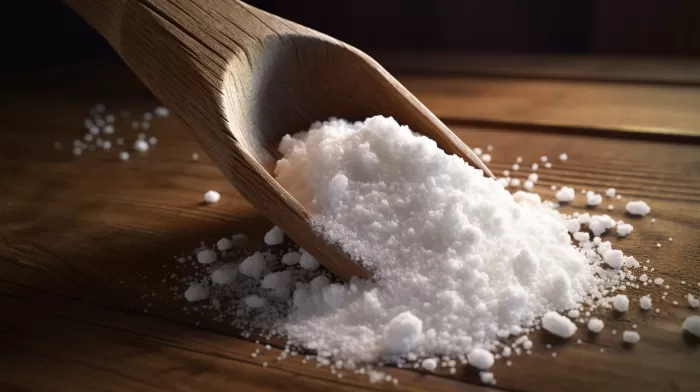Salt has been a crucial part of the human diet and civilization for thousands of years. Not only highly regarded for its nutritional value as a mineral source, but also for its preservation properties, salt was once even used as currency. However, the past few decades have seen numerous government research studies claiming that consuming high levels of salt leads to hypertension and other cardiovascular complications. While these studies denounced salt as a major factor of risk of high blood pressure and a silent killer, the truth is more nuanced.
Independent reviews have since debunked these claims and have highlighted that the relationship between salt and cardiovascular diseases was relevant only for individuals who were significantly overweight. Renowned epidemiologist Michael Alderman discovered that for people who were not overweight, increased salt consumption actually decreased the likelihood of death. Additionally, Alderman found that people who consumed the least salt had the highest chances of myocardial infarctions and other cardiovascular complications.
Similar conclusions were published in The Lancet, a prestigious British medical journal. Their article claimed that people who consumed higher amounts of salt were less likely to die compared to those who had a low salt intake. Furthermore, a study of hypertensives in New York found that those on a low-salt diet had significantly higher chances of having heart attacks in comparison to people with normal sodium intake.
Strikingly, reduced salt intake has several negative consequences. It can cause increased levels of renin, which is an enzyme associated with hypertension. It can also increase LDL cholesterol levels – the bad type of cholesterol – as well as insulin resistance which leads to adult onset or Type II diabetes. Elderly individuals can suffer from cognitive difficulties and anorexia, and men might experience reduced sexual activity.
Dr. David Brownstein shared his observations on unrefined salt in his book, ‘Salt Your Way to Health.’ He realized that most of his hypertensive patients showed little health improvements when following a low-salt diet. The majority were also mineral-deficient. Upon learning about unrefined salt, Brownstein began suggesting his patients consume this type of salt that contained more than 80 trace minerals. Surprisingly, patients with high blood pressure saw significant reductions in their blood pressure to the point where they no longer needed medications.
It is essential to note the difference between processed table salt and unrefined natural sea salt. Your average table salt is highly processed, containing approximately 97.5% of sodium chloride and 2.5% of chemicals. Furthermore, this type of salt is exposed to extremely high temperatures that can alter its chemical structure. In contrast, sea salt contains about 16% natural minerals and trace minerals like silicon, phosphorus, and vanadium. Unfortunately, the FDA has not thoroughly acknowledged the differences in health effects between these types of salt.
For those looking to make a change in their salt consumption, good options to try include Celtic Sea Salt from France or RealSalt® from Utah. Both are available online and in health food stores. It is time to reclaim salt’s place in a healthy diet once more, and truly understand the difference between good and bad salt.



